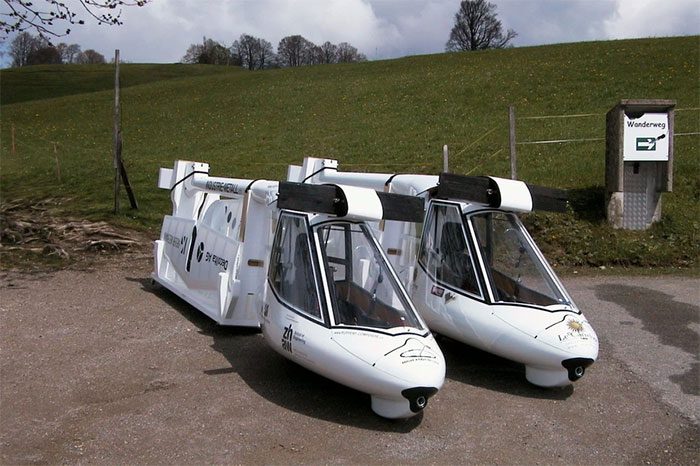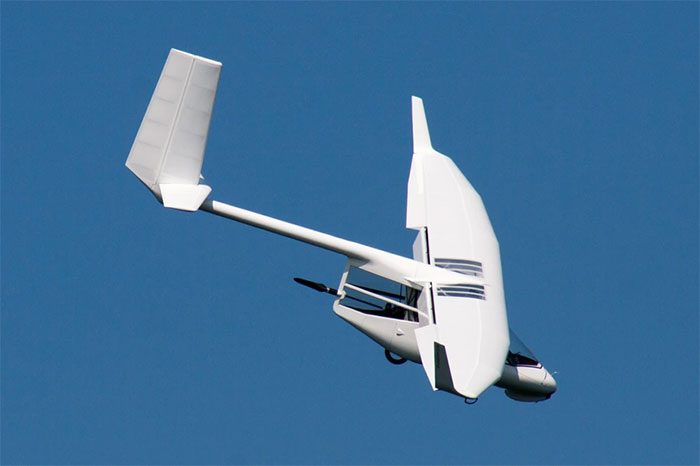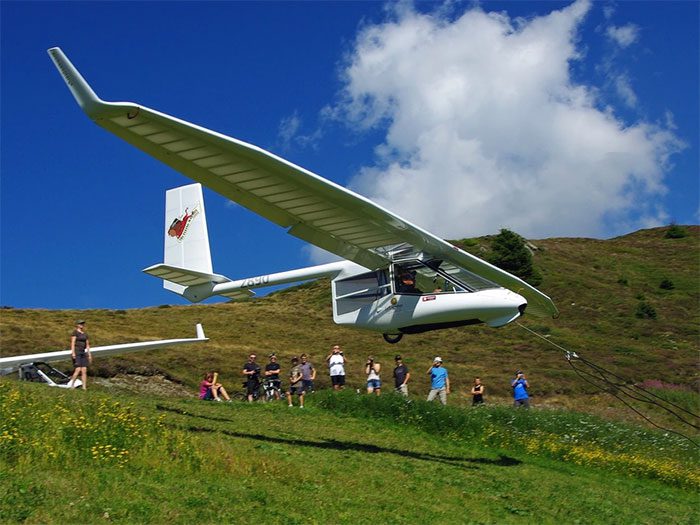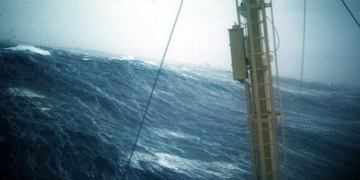The maximum speed of piloted ultralight aircraft depends on the engine used and the design of the aircraft. Some ultralight aircraft currently available on the market can reach speeds of 400 km/h, which is a significant figure in the field of civil aviation.
With advancements in science and technology and the development of aviation engineering, the maximum speed of piloted ultralight aircraft continues to rise: A speed of 400 km/h is equivalent to 250 miles/hour. This speed is relatively high in the field of civil aviation and can meet the public’s need for rapid transportation. Compared to traditional road transport, the high speed of piloted ultralight aircraft allows individuals to reach their destinations faster, saving both time and energy.

The high speed of piloted ultralight aircraft allows people to reach their destinations faster.
The high speed of piloted ultralight aircraft also facilitates emergency rescue and response. A speed of 400 km/h allows aircraft to arrive at accident scenes or emergency rescue locations in a relatively short time, providing timely assistance to those affected. High speeds also help in responding to emergencies such as fires and floods… and can transport rescue personnel and supplies to disaster areas more quickly.
The high speed of piloted ultralight aircraft also benefits business and tourism activities. For business trips, high speed can help entrepreneurs reach meetings or business appointments faster, enhancing work efficiency. For tourism, high speed can enable travelers to reach their destinations more quickly, maximizing time utilization during travel.

Advanced aerodynamic design, powerful energy systems, responsive control systems, and lightweight structural materials positively impact aircraft speed. These factors allow piloted ultralight aircraft to fly faster, more stably, and more flexibly in the air, achieving higher speeds.
Although the high speed of piloted ultralight aircraft offers numerous advantages and benefits for humanity, it also faces some challenges and limitations. High-speed flights impose higher demands on the design and structure of the aircraft, requiring more powerful and stable engines as well as optimized aerodynamic shapes.
High-speed flights require robust technology and flying experience; pilots need extensive flying experience and good flying skills to cope with the challenges posed by high-speed flights. High-speed flights also need to be adequately fueled to support the aircraft’s long-duration flights.

Piloted ultralight aircraft also adopts designs with high maneuverability, such as a large turning radius, allowing the aircraft to change direction more quickly in the air and adjust flying speed more easily. Such designs can improve the aircraft’s agility, thereby affecting its speed increase.
The external design of piloted ultralight aircraft must fully consider aerodynamic principles. It typically uses a streamlined body design to reduce drag.
A streamlined aircraft body can move through the air more smoothly, reducing drag on the aircraft, thus increasing flying speed. The wings of the aircraft also have a curved shape; this design can reduce drag due to airflow separation and improve lift efficiency. This allows the aircraft to achieve greater lift with the same power output, thereby increasing its speed.
The energy system of piloted ultralight aircraft also plays a crucial role in increasing speed. Aircraft are often equipped with high-performance engines, such as turbine or jet engines, generating stronger thrust in the air. Unlike motorcycles, aircraft have a unique shape that allows for better utilization of power to propel themselves forward. Aircraft also have adjustable thrust to adapt to different speed requirements. This helps the aircraft maintain better control and stability when achieving optimal speeds.
At that point, the control system of piloted ultralight aircraft also plays an important role in increasing speed. Aircraft typically use highly sensitive control systems; through refined maneuvers, pilots can more accurately control the aircraft’s position and flight trajectory. This is essential for maintaining stability and agility when flying at high speeds.

Aircraft are often constructed from lightweight, high-strength materials such as carbon fiber composites. Such materials can reduce the aircraft’s weight, thus minimizing the impact on flight speed. In contrast, structural materials used in motorcycles are often heavier, hindering speed increase.





















































